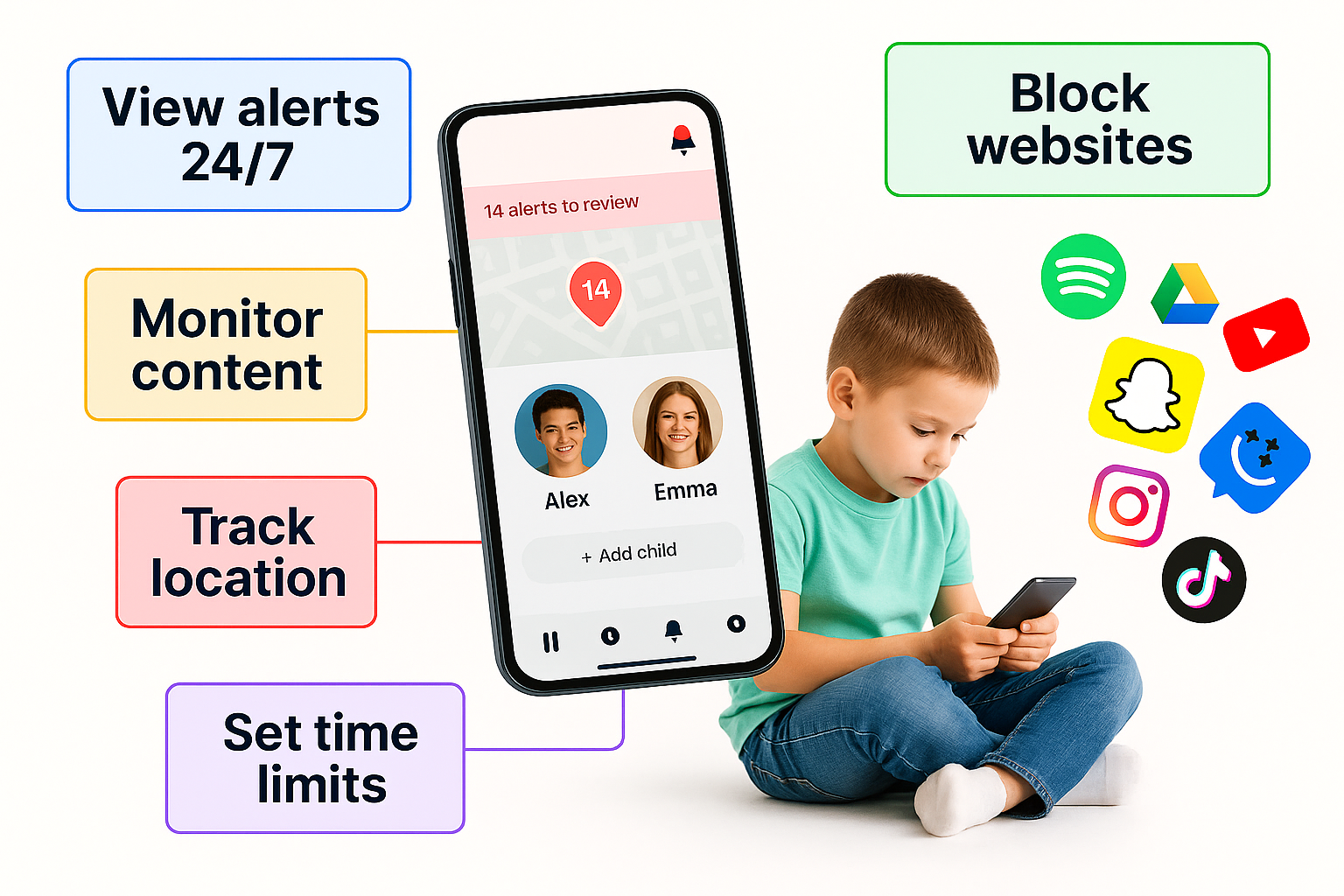📵 Teen Phone Overuse: How Parents Can Help Kids Build Healthier Habits
Helping Young People Find Joy Beyond Their Phones
Across the U.S., parents and health experts are raising alarms about the impact of heavy phone use on kids. Studies continue to show strong links between constant social media exposure and mental health struggles like anxiety, depression, and poor sleep. The call for stronger warnings about these risks is growing — but warnings alone aren’t enough. Families need real solutions.
As someone who has worked with families and teens, I’ve seen that the strongest protection isn’t just rules — it’s building healthy alternatives. Teens who experience real-life connections with friends and family, and who explore hobbies and interests outside their screens, are less likely to fall into harmful digital habits.
Why Phones Hook Teens So Easily
Smartphones are designed to hold attention. Notifications, infinite scroll, and viral videos light up the same reward centers in the brain that drive other addictive behaviors. That’s why many kids struggle to stop checking their phones, even when they want to.
Experts call this cycle “problematic phone use.” It doesn’t always mean kids are addicted — but it does mean the phone is interfering with daily life. That might look like:
- Losing sleep because of late-night scrolling.
- Difficulty focusing on schoolwork.
- Less interest in family activities.
- Heightened anxiety when separated from their phone.
Competing Habits: A Smarter Way to Reduce Screen Time
Rather than trying to ban devices completely (which usually backfires), psychologists suggest using a competing response. This approach encourages kids to swap a harmful or excessive habit for a positive one that uses the same energy, focus, or time.
Examples include:
- Sports or fitness → burn energy, boost confidence, lower stress.
- Creative hobbies like art, music, or writing → engage the mind, build skills, create pride.
- Cooking, gardening, or working on projects → stimulate the senses and foster responsibility.
- Face-to-face social time with family and peers → strengthen relationships.
These aren’t distractions. They’re replacements that meet the same needs phones try to fill — entertainment, connection, and stimulation — but in healthier, more lasting ways.
Research Proves Offline Activities Work
Studies show that teens who engage in non-digital hobbies often report:
- Lower levels of depression.
- Better academic performance.
- More positive moods.
- Stronger social connections.
Unlike fleeting online interactions, offline activities build lasting memories and real-world confidence. Even small changes, like joining a team or practicing an instrument for 30 minutes daily, can create meaningful differences.
Why Social Media is Especially Risky
Phones themselves aren’t the enemy — but unrestricted access to social media is. Platforms like TikTok, Instagram, and Snapchat thrive on keeping teens glued to their screens. Research shows that teens who spend more than three hours a day on social media are twice as likely to report mental health problems.
Constant comparison, online bullying, and exposure to strangers are some of the most dangerous outcomes. That’s why more parents are choosing a kids phone without social media apps or even starter phones for teens without internet access. These safer devices let kids stay in touch but reduce exposure to toxic online environments.
What Parents Can Do at Home
Helping teens break unhealthy phone habits doesn’t mean cutting technology completely. It means creating structure and balance. Parents can:
- Set screen time rules for kids and teens (bedtime limits, tech-free meals, no phones during homework).
- Provide safer tech options, such as a parental control phone for teens that blocks apps and limits usage.
- Encourage participation in activities that compete with phone use (sports, volunteering, hobbies).
- Model balance by showing kids how adults also set aside devices.
Many families also find success with a phone use contract for kids — a written agreement that clearly explains expectations and consequences.
Recognizing Warning Signs
Even with rules, some teens may continue struggling. Look out for:
- Sudden drops in grades.
- Irritability or anxiety after being online.
- Trouble sleeping or exhaustion during the day.
- Withdrawal from friends or hobbies they once enjoyed.
If these patterns appear, it’s a sign that screen use needs to be rebalanced, and additional limits or professional guidance may be needed.
Why Balance Is the Key
Completely removing phones isn’t realistic — they’re part of modern life. But giving a teen a safe smartphone alternative for kids or a basic phone with texting and GPS only can help strike the right balance. That way, they get independence while avoiding the pitfalls of endless scrolling.
Parents who help their children find joy in offline hobbies, real friendships, and safe technology choices are giving them more than just a break from screens — they’re giving them tools for lifelong well-being.
Teen phone addiction doesn’t have to be permanent. With consistent boundaries, supportive alternatives, and the right technology choices, kids can learn to enjoy the benefits of staying connected without being consumed by their devices.

